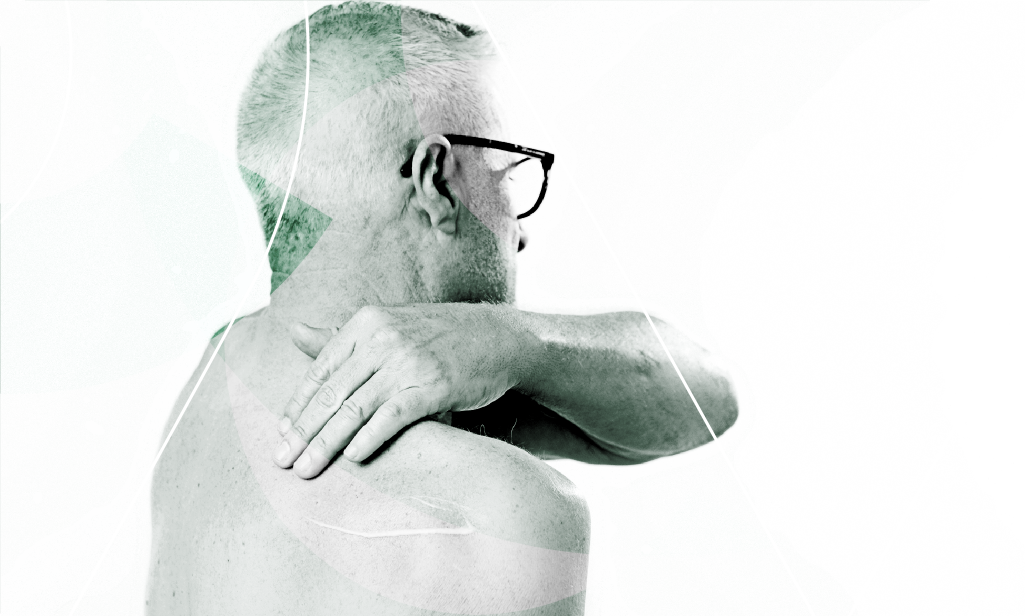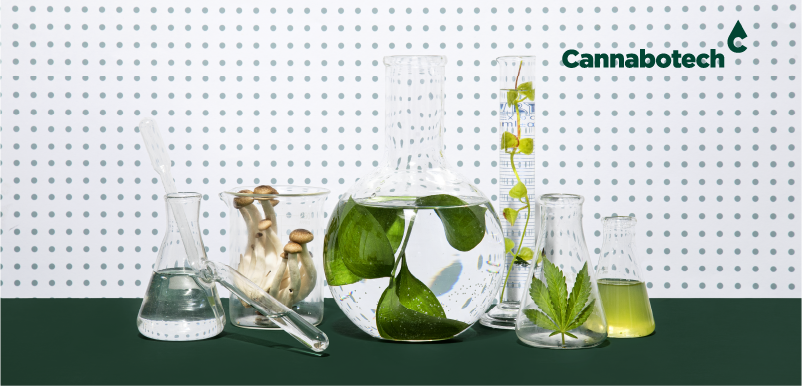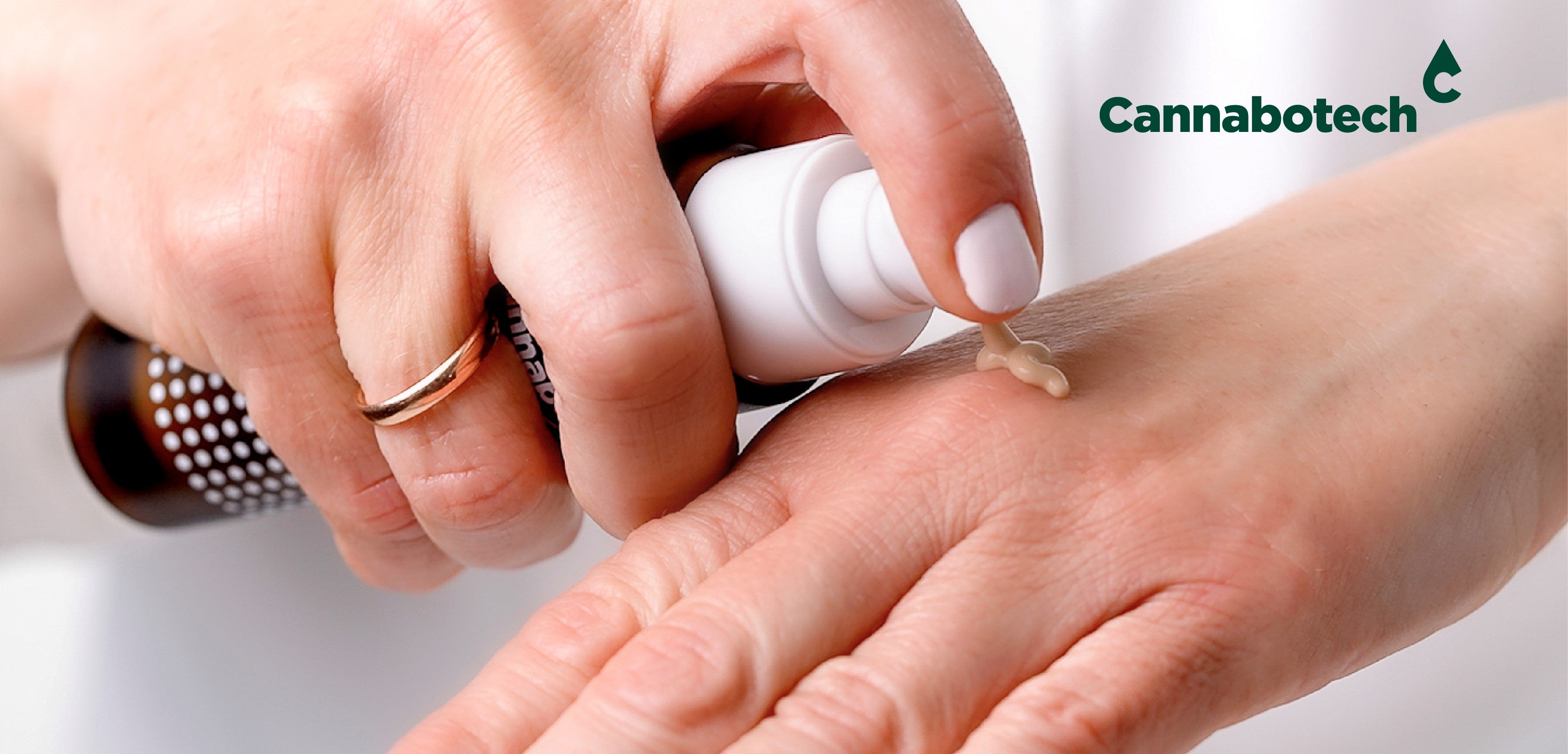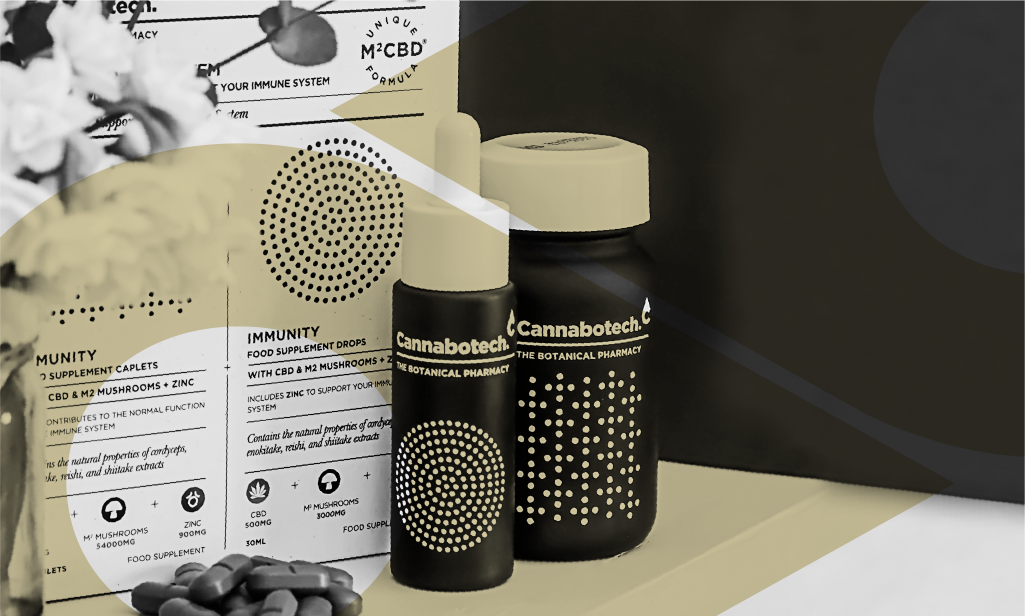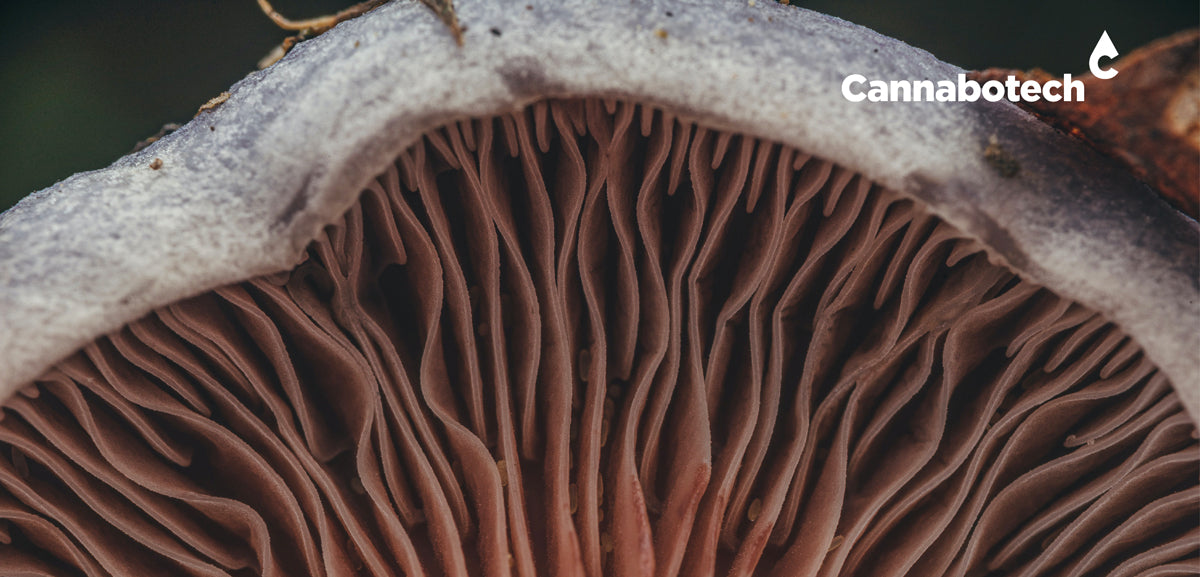We've all been there: that groan-inducing stiffness after an intense workout. Delayed Onset Muscle Soreness (DOMS) can leave you feeling like you wrestled a bear…and lost.
Before using strong painkillers, let's look at effective ways to relieve muscle Muscle pain and aches. The best pain reliever can help with muscle pain and aches.
The choice of pain reliever depends on factors such as pain severity, personal preferences, and existing health conditions.

Here are some common options:
Nonsteroidal Anti-Inflammatory Drugs (NSAIDs)
- Examples: ibuprofen (Advil, Motrin), naproxen (Aleve)
- Mechanism: Reduce inflammation and alleviate pain.
- Considerations: Take with food to minimize stomach irritation, and avoid long-term use without medical supervision.
- Cons: May irritate stomachs, increase bleeding risk, and hinder muscle repair with long-term use. Consult your doctor for safe usage, especially with existing health conditions.
Acetaminophen (Tylenol)
- Mechanism: Reduces pain and fever, but does not have anti-inflammatory effects.
- Considerations: Easier on stomach than NSAIDs, but too much can harm liver, so follow dosage guidelines.
While it doesn't address inflammation, this medication can dull pain signals for general muscle aches. Consider it for relief if NSAIDs aren't an option.
- Pros: Gentle on the stomach and less likely to interfere with muscle repair.
- Cons: Doesn't target inflammation and may not be effective for all types of pain.
Topical Analgesics for muscle pain relief
- Examples: creams, gels, or patches containing ingredients like menthol, camphor, or NSAIDs.
- Mechanism: Provide localized relief when applied directly to the skin.
- Considerations: May be a good option for localized pain; follow usage instructions.
Topical Treatments: Creams and gels containing menthol, capsaicin, or diclofenac offer localized pain relief for muscle and joint discomfort.
- Pros: Direct application targets specific areas and avoids systemic side effects.
- Cons: Can irritate skin and may not be suitable for long-term use.
CBD Muscle Rubs
Our Unwind Muscle Rub is a powerful topical formula specifically created to support fatigued muscles. This mix is unique. It uses CBD, mushrooms (Chaga, Cordyceps militaris, and Reishi), menthol, camphor, eucalyptus, and shea butter. It creates a refreshing and invigorating experience.

It aids in muscle recuperation, promotes a sense of relaxation, and enhances overall muscle well-being.
This rub combines CBD and mushrooms to quickly relieve muscle pain and tightness.
This muscle cream instantly cools and soothes tired muscles after a tough workout. It contains camphor, menthol, and Eucalyptus. Rubbing it on the skin is all you need to do.
Massaging CBD on the skin reduces inflammation, eases pain, and controls cortisol levels, as proven by studies.
Therefore, applying CBD topically may be effective in relieving post-workout soreness and improving recovery. Moreover, topical CBD offers the additional benefits of reducing anxiety and enhancing sleep, which can further contribute to relaxation and muscle recovery.
Hydrotherapy
Consider contrast baths or showers, alternating between hot and cold water. This can improve circulation and reduce inflammation, providing relief to sore muscles.
Muscle Relaxants
- Examples: cyclobenzaprine (Flexeril), methocarbamol (Robaxin)
- Mechanism: Help relax tense muscles.
- Considerations: Prescribed by a doctor, as they can have side effects and interactions with other medications.
Hydration
Staying well-hydrated can help prevent muscle cramps and reduce muscle soreness.
Post-Workout Warriors
Using ice or cold water after exercise can reduce swelling and numb pain if done within 24 hours.
- Pros: Simple, safe, and readily available.
- Cons: May not be suitable for sensitive skin or chronic pain.
Allow muscles to recover naturally by getting adequate rest and applying ice to reduce inflammation.
After exercising, doing gentle activities like yoga or walking can help remove lactic acid, which causes muscle soreness.
- Pros: Boosts blood flow, promotes healing, and feels less restrictive than complete rest.
- Cons: May not be ideal for severe muscle damage.
Rest & Sleep
Allow your muscles adequate time to recover by allowing for rest days into your workout routine.
Get 7-9 hours of good sleep every night. It helps the body repair itself, like recovering muscles.
Muscle Meltdown: Battling General Muscle Pain
Stretching and massages can improve blood flow, loosen muscles, and relieve muscle pain.
- Pros: Promotes flexibility, reduces tension, and feels oh-so-relaxing.
- Cons: Requires professional assistance for massage and consistency for stretching to see long-term effects.
Bonus Tip: Magnesium and tart cherry juice have shown promise in reducing muscle soreness and aiding recovery.
Magnesium is a valuable component found in supplements that aim to improve performance and provide support for the well-being of muscles and joints. This essential mineral plays a crucial role in the production of adenosine triphosphate (ATP), which is the primary energy source for our cells.
By assisting in energy production, magnesium aids in overall cellular function and helps combat fatigue. Moreover, it is vital for proper muscle function and relaxation, as it contributes to muscle contraction and helps prevent cramps, spasms, and fatigue.
Athletes and individuals who regularly engage in physical activity can particularly benefit from its involvement in muscle health. Additionally, magnesium supports joint health by preserving the integrity of joint cartilage and promoting the synthesis of collagen, a vital component of connective tissues.
Last, it plays a crucial role in promoting bone health by regulating calcium absorption and metabolism, thereby contributing to bone density and strength.
Nutrition
Consume a balanced post-workout meal that includes a combination of carbohydrates and protein. Carbohydrates replenish glycogen stores, while protein supports muscle repair and growth. Consider a snack or meal within 30 minutes to an hour after exercising.
Conclusion
Remember: Listen to your body. While pain relief can offer temporary comfort, prioritize proper rest, hydration, and a balanced diet for optimal muscle recovery. If pain persists or worsens, consult a healthcare professional.
So, ditch the bear-wrestling analogy, embrace these pain relief options, and conquer your muscle aches the right way. C
Consistency in these practices is key to managing and preventing muscle soreness. IIf pain continues or gets worse, it's best to see a doctor to check for any underlying problems.


